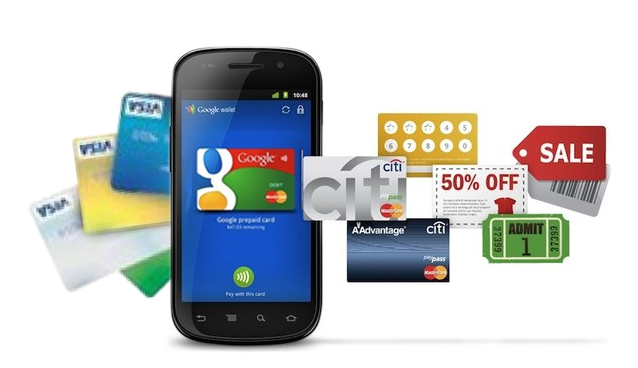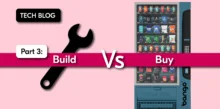How far fetched is Near Field?
by Sukey Miller

Near Field Communications technology has been around for a while. Slender chips embedded in a range of products from handheld computers to bank cards are enabling applications to speed up information exchange. Where NFC has caused most interest recently is in that “hot spot” intersection of technology and business – mobile phones and e-commerce.
 When the mobile phone industry talks about NFC, it is usually thinking about contactless mobile payments. This is a way of paying that has infiltrated consumer behavior in parts of Asia, and some parts of the UK, especially those parts beneath the streets of London where millions of commuters tap their NFC-enabled Oyster cards each day to pay for their travel on the “tube” system.
When the mobile phone industry talks about NFC, it is usually thinking about contactless mobile payments. This is a way of paying that has infiltrated consumer behavior in parts of Asia, and some parts of the UK, especially those parts beneath the streets of London where millions of commuters tap their NFC-enabled Oyster cards each day to pay for their travel on the “tube” system.
So the question of how much impact NFC capabilities in mobile phones is likely to make, in the short term, remains open and unpredictable. I don’t think it’s obvious to shoppers what the point is. Wave and pay seems attractive in boardrooms, but it’s not clear how compelling the case is for consumers who are very used to carrying wallets containing the cards they are comfortable with using. It takes little more time to push a card into a PoS terminal and enter a 4 digit PIN than it does to wave and confirm a contactless payment. There’s no particular pain point about the card-based process that mobile wave and pay solves.
 NFC thinking needs, as the CEO of Visa recently suggested, to embrace more of the retailing experience than simply the checkout process. It has to be a useful way to find out what and where to purchase if it’s going to be much use.
NFC thinking needs, as the CEO of Visa recently suggested, to embrace more of the retailing experience than simply the checkout process. It has to be a useful way to find out what and where to purchase if it’s going to be much use.
At Bango, we came up with the cornerstone concept of “see do” in mobile commerce a decade ago. It struck us that the simplest, truest value in mobile commerce was the freedom to engage in online transactions wherever you happened to be. Something that triggers a possible commercial engagement could be acted upon immediately with the benefit of a connected mobile device in hand.
I believe this truism continues to be the most compelling feature of mobile commerce today. The revolutionary point about a connected mobile device is that commercial opportunities spring from the consumers’ state of mind, not their point of presence. I can be almost anywhere, experience a prompt – either directly as advertising, or indirectly through the mental association of one thing with another – and go online to engage in a transaction.
 As for commerce that relies on a point of presence, there are clearly opportunities to expand our conception of what makes for a commercial point of presence beyond the store itself. I find myself agreeing with Gartner Group’s recent predictions, believing that NFC holds a great number of possibilities, but none of them are within easy grasp.
As for commerce that relies on a point of presence, there are clearly opportunities to expand our conception of what makes for a commercial point of presence beyond the store itself. I find myself agreeing with Gartner Group’s recent predictions, believing that NFC holds a great number of possibilities, but none of them are within easy grasp.
In the meantime, let’s focus on how we stimulate the thoughts that cause people to reach for their phones, wherever they are. There is no requirement to be near anything, for as we said earlier, mobile commerce starts with a state of mind not a point of presence.
![]()
Subscribe to our newsletter
Get the latest subscription bundling news and insights delivered straight to your inbox.



